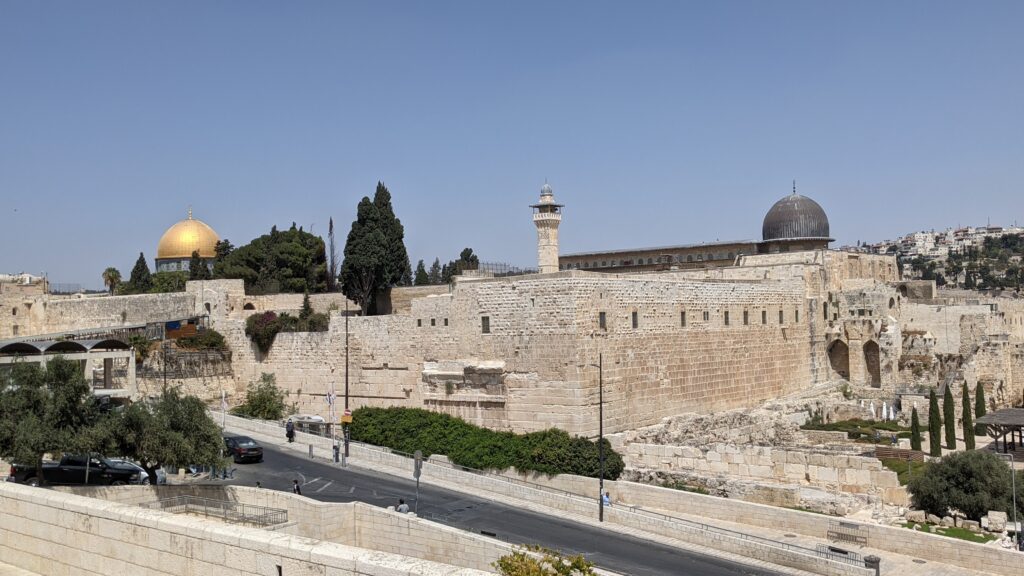
I was standing amongst the ruins and remains of the Davidson Archeological Park, on the southern side of the Temple Mount, reading the teachings of Jesus that, according to the Gospels, he gave while in Jerusalem, on and around the Temple. As I sat on the southern steps, perhaps on the very steps Jesus once preached from, a singular verse caught my eye.
And the blind and the lame came to him in the temple, and he healed them.
Matthew 21:14
This verse appears immediately after Jesus cleansed the temple in the book of Matthew. He overturned the tables, set loose the animals they were selling, yelled at everyone (according to John’s Gospel he even made a whip), and then preceded not to teach, but to heal “the blind and the lame,” who came into the Temple to find Jesus.
What fascinates me about this verse is not the fact that Jesus is healing blind and lame people, he has already done that several times by Matthew’s own account. It is because he is doing it in the Temple.
To understand what I mean, let me take you back 1000 years before Jesus to the time of King David. After David had been proclaimed king by the people of Israel and Judah, he needed a capital city from which to reign. It just so happened that there was a perfect city, located on the Border of Judah (the largest and most independent tribe), and the tribes of Israel, the ideal location for uniting all the tribes. There was only one problem, no one had conquered it since the time of Joshua. That city was Jerusalem. The people who lived there, the Jebusites mocked David and his men as they tried to find a way to take the fortified hillside city, saying “You will not come in here, but the blind and the lame will ward you off” (2 Samuel 5:6). What happens next is, in my opinion, one of the most epic moments of the Old Testament:
And David said on that day, “Whoever would strike the Jebusites, let him get up the water shaft to attack ‘the lame and the blind,’ who are hated by David’s soul.”
2 Samuel 5:8(a)
David said, “Whoever strikes the Jebusites first shall be chief and commander.” And Joab the son of Zeruiah went up first, so he became chief. And David lived in the stronghold; therefore it was called the city of David.
1 Chronicles 11:6-7
David orders his men to attack the Jebusites via a “water shaft” (at least that the common understanding of the word in Hebrew). His nephew Joab swims through the underground spring, and climbs up into the city walls through a narrow shaft where people used to collect water, from which he is able to open the gates and let the army in.
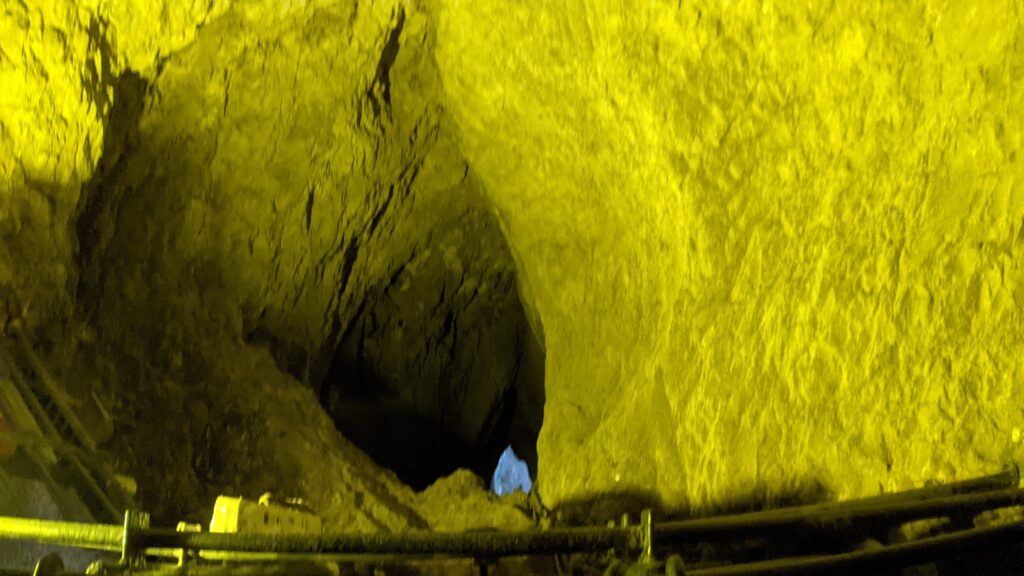
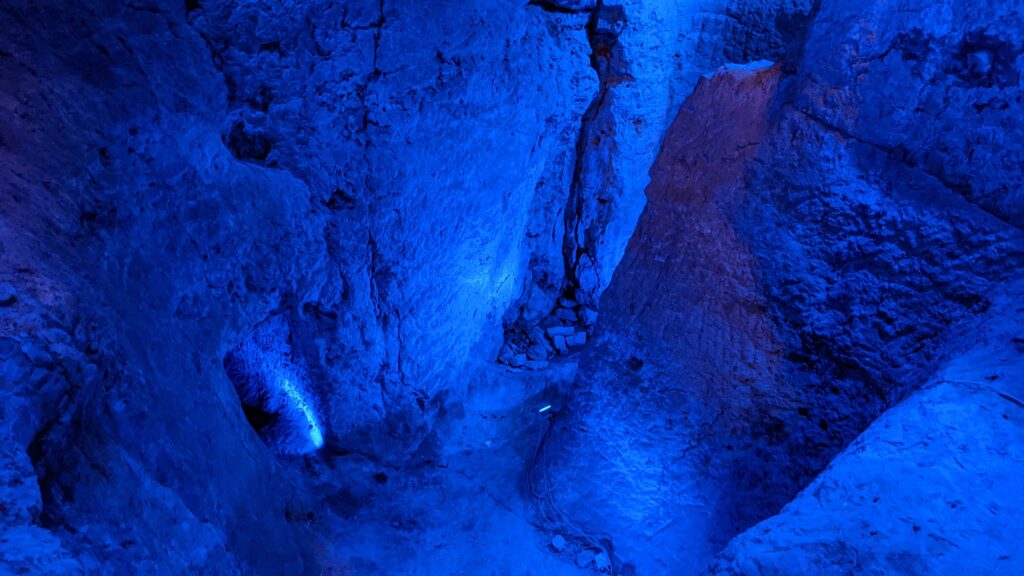
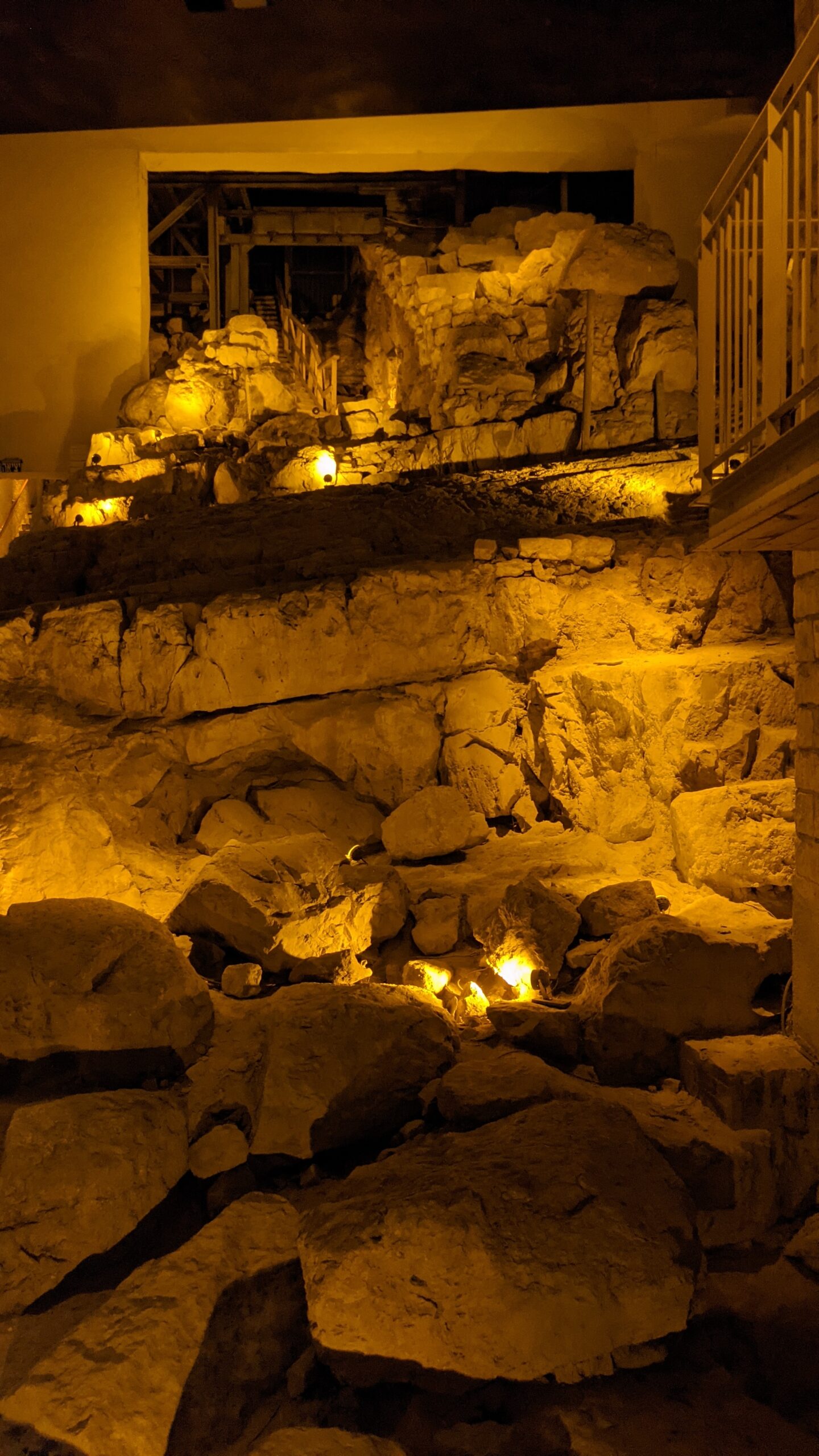
After this amazing feat, where David conquered “the blind and the lame” of the Jebusites, the Biblical text notes something interesting:
Therefore it is said, “The blind and the lame shall not come into the house.”
2 Samuel 5:8(b)
Because David hated “the blind and the lame,” he apparently forbade them from entering the House of the Lord, that is the Tabernacle and later the Temple. To be honest, that is not a great look for King David, not allowing those with disabilities to worship God in the Temple. Instead, the disabled would find places near the temple gates where they can beg for money, as is shown in Acts 3.
Fast forward 1000 years, and Matthew makes sure to point out that Jesus is bringing “the blind and the lame” into the temple to be healed. In doing this he not only undoes David’s unfortunate command, but also finds a way around it. If the blind and lame are healed, they aren’t blind or lame anymore, but are able to freely enter the Temple and worship God in his house for perhaps the first time. Jesus is making a way for those who are unworthy to come before God to become worthy, simply by coming to Jesus.
Allow me to take this one step further. In the gospel of John, Jesus performs two healings while in Jerusalem:
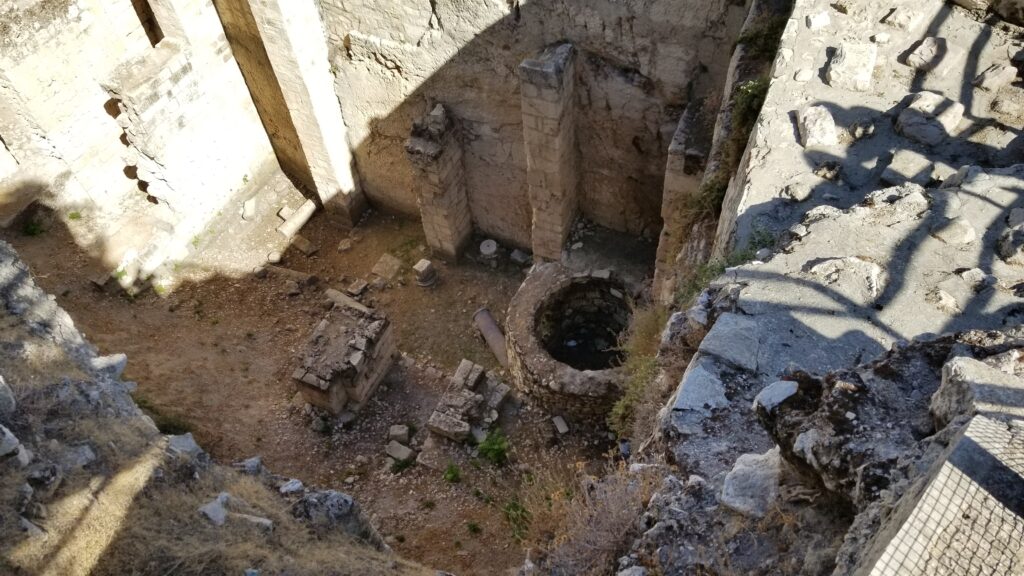
The first is the healing of the lame man at Bethesda:
Now there is in Jerusalem by the Sheep Gate a pool, in Aramaic called Bethesda, which has five roofed colonnades. In these lay a multitude of invalids—blind, lame, and paralyzed. One man was there who had been an invalid for thirty-eight years. When Jesus saw him lying there and knew that he had already been there a long time, he said to him, “Do you want to be healed?” The sick man answered him, “Sir, I have no one to put me into the pool when the water is stirred up, and while I am going another steps down before me.” Jesus said to him, “Get up, take up your bed, and walk.” And at once the man was healed, and he took up his bed and walked… Afterward Jesus found him in the temple and said to him, “See, you are well! Sin no more, that nothing worse may happen to you.”
John 5:2-9, 14
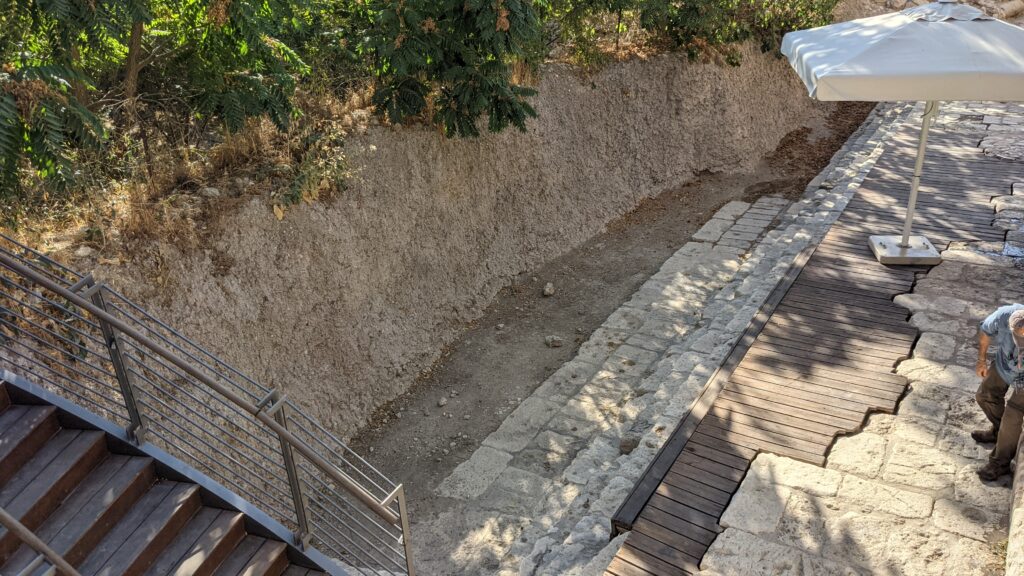
The second is the healing of the man born blind at Siloam:
As he passed by, he saw a man blind from birth. And his disciples asked him, “Rabbi, who sinned, this man or his parents, that he was born blind?” Jesus answered, “It was not that this man sinned, or his parents, but that the works of God might be displayed in him. We must work the works of him who sent me while it is day; night is coming, when no one can work. As long as I am in the world, I am the light of the world.” Having said these things, he spit on the ground and made mud with the saliva. Then he anointed the man’s eyes with the mud and said to him, “Go, wash in the pool of Siloam” (which means Sent). So he went and washed and came back seeing… Jesus heard that they had cast him out, and having found him he said, “Do you believe in the Son of Man?” He answered, “And who is he, sir, that I may believe in him?” Jesus said to him, “You have seen him, and it is he who is speaking to you.” He said, “Lord, I believe,” and he worshiped him.
John 9:1-7, 35-38
Both healings happened near water. In fact, the pool of Siloam was fed by the same spring that Joab used to sneak into Jerusalem 1000 years prior. Both healings were done on the Sabbath, when people were supposed to rest, and led to a conundrum for the priests who couldn’t deny that Jesus had worked miracles but were upset that he was healing on the Sabbath. This led them to question both of the healed men extensively. Finally, both healings led to the healed men worshiping, one at the Temple, and one through a belief in Jesus.
Jesus often interacted with history to make a point about himself, he healed the blind and the lame, the historically outcast, to bring them into a place where they could worship God. The truth is that we are all spiritually lame and blind, unable to even be allowed into the presence of God to worship him. Jesus, and Jesus alone, makes us spiritually whole, enabling us to come before the Father in worship. All it takes is coming to Jesus.

Sharon Balban
Colleen Deeter
Nancy Williams